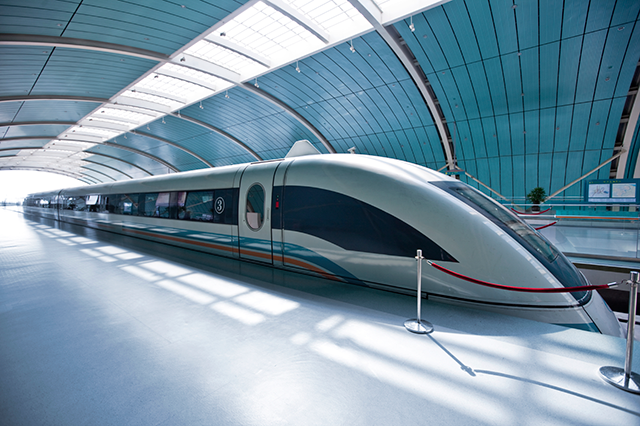If cutting down the time from 4 hours, by car, to just over 1.5 hours, by Shinkansen, on the 350km route from Tokyo to Nagoya wasn’t enough, the new Magnetic Levitation technology just might be the answer.
High Speed Railways (HSR), or trains that run on tracks, may be a thing of the past as the new maglev (magnetic levitation) technology uses magnetic fields and forces to suspend the wheel-less train to speeds of 311 miles per hour.
Although the technology is more expensive than a conventional railway track to construct, the maintenance of the system would be much lower without the traction and friction of wheels, while also making for a smoother ride for passengers.
The first public test rides are set to begin in November, with operations expected to be up and running by 2027. Central Railways Japan plans to construct the route at six stations: Shinagawa, Sagamihara (Kanagawa), Kofu (Yamanashi), Iida (Nagano), Nakatsugawa (Gifu) and Nagoya. The trip time from Tokyo to Nagoya would be cut from 100 minutes, by Shinkansen, to 40 minutes, by maglev train.
Although Japan is always ahead of the curve when it comes to trains, maglev trains are already in operation in Shanghai, as well as two low-speed maglev lines in the works in Seoul and Beijing. The high-speed maglev line in Shanghai transports passengers 19 miles (30km) from the Pudong Airport to the city in 7 minutes and 20 seconds.
The maglev train project will reportedly cost Central Railways Japan $47 Billion (5.1 Trillion JPY), according to Bloomberg. You can catch a video of the train in action here:
Main Image: Ecozine









